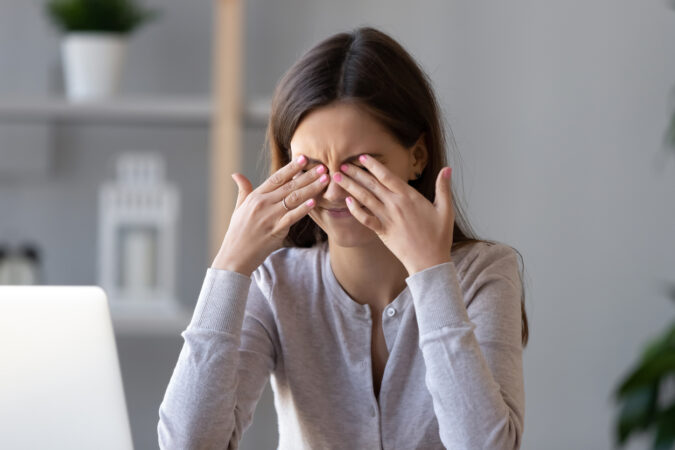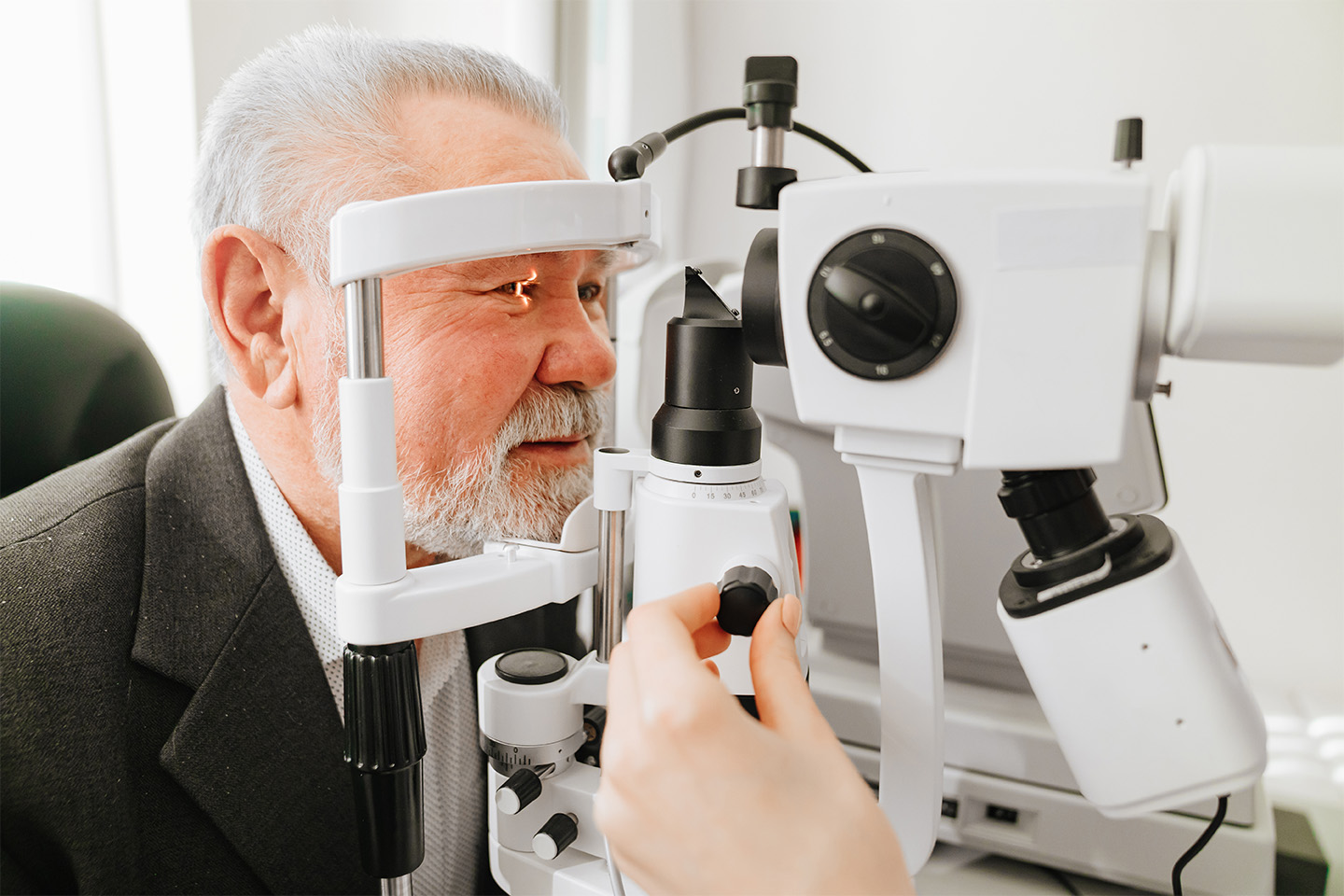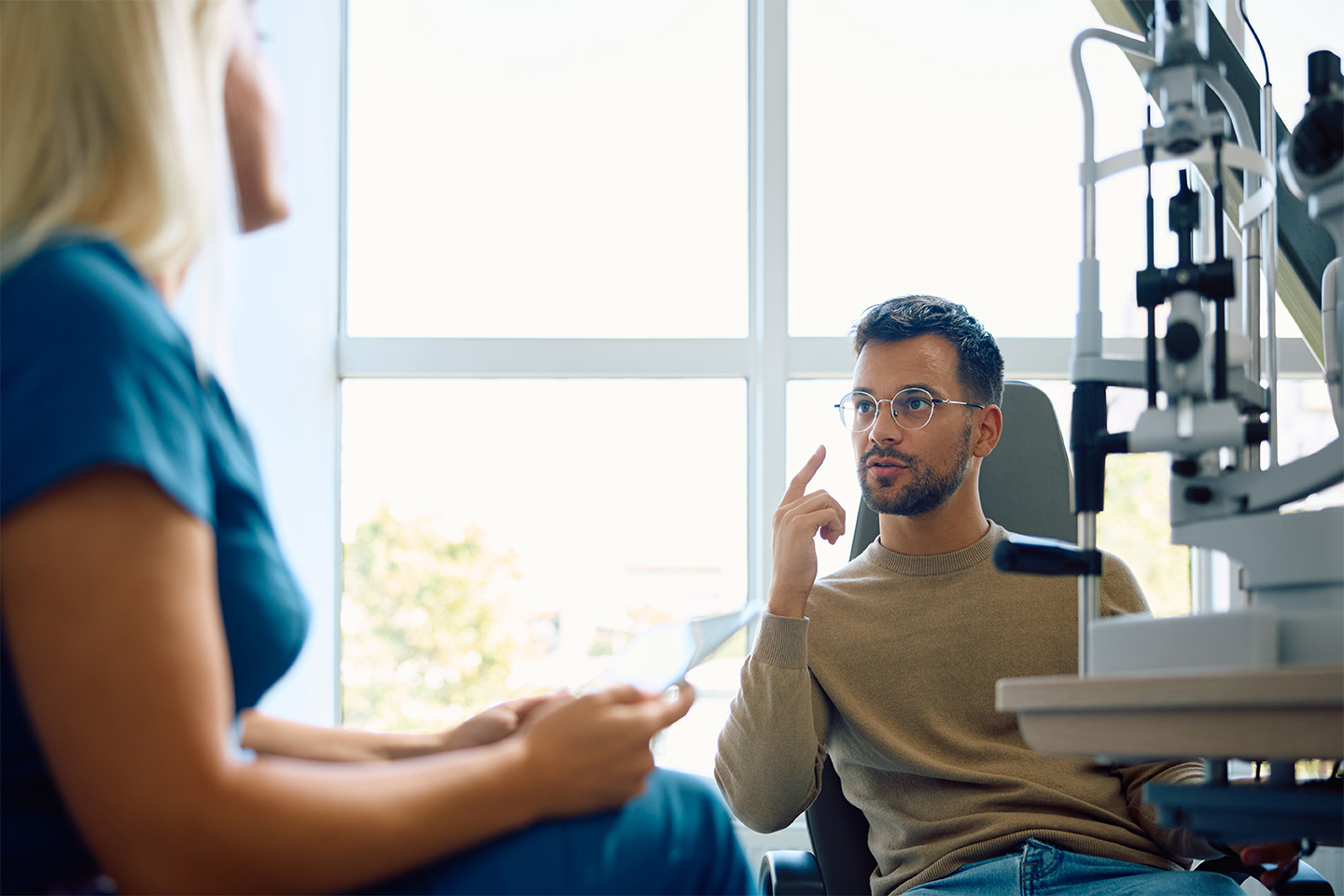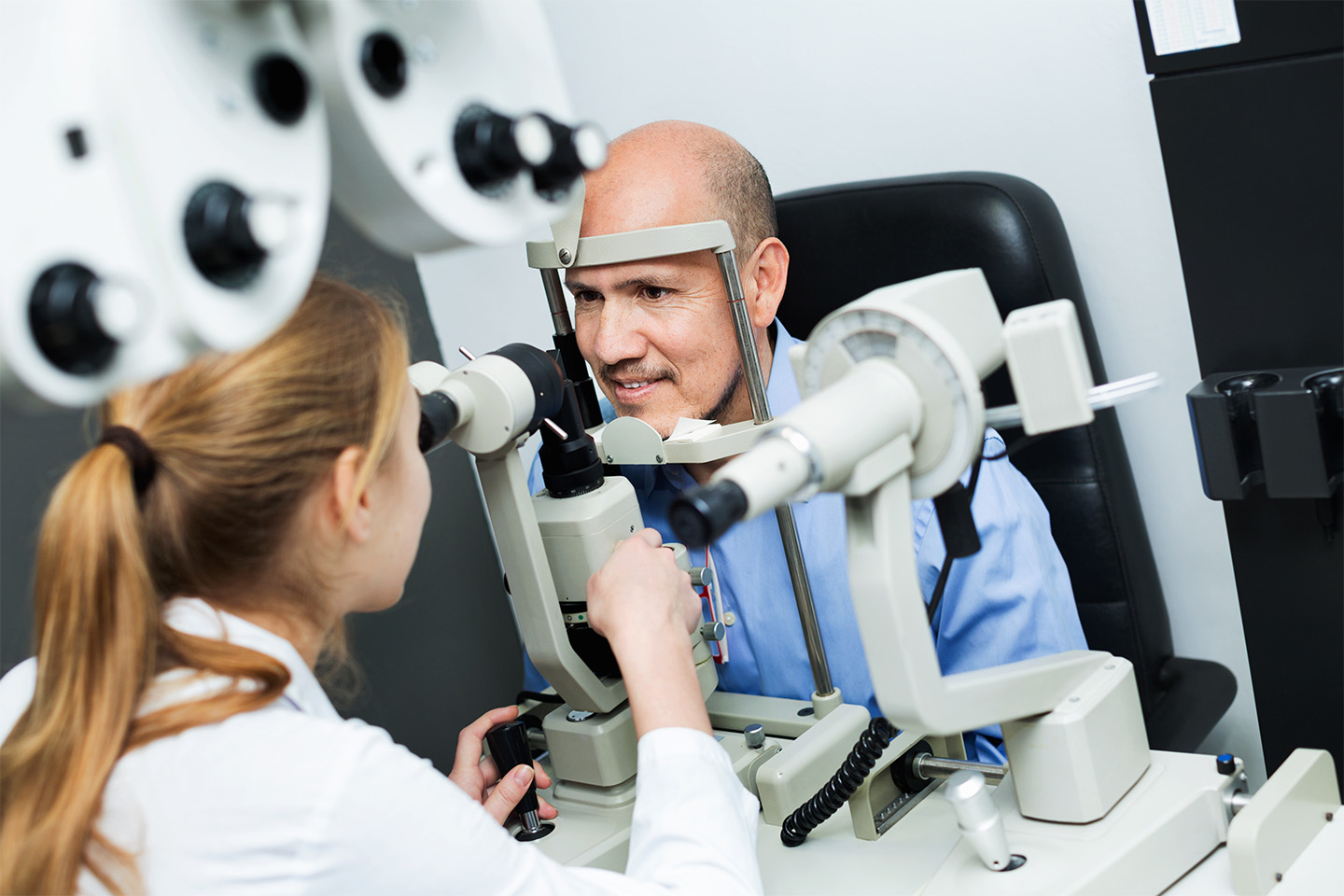You Don’t Have to Suffer from Dry Eye Syndrome

You may be suffering from dry eye for a variety of reasons, but it doesn’t have to affect your quality of life. Here are the most common causes of dry eye syndrome, as well as effective remedies.
Dry eye syndrome is a chronic and usually progressive condition in which the eyes aren’t properly lubricated. When left untreated, it can cause discomfort, frustration, and even declining quality of vision. Fortunately, many options exist for treating dry eye that can significantly improve quality of life.
Causes and Symptoms
Most people experience dryness in their eyes at some point in their lives, usually because of factors like high altitude, exposure to smoke, staring at screens for prolonged periods of time, or wearing contact lenses. Regular contact with any of these can lead to chronic dryness in the eye.
Dry eye syndrome tends to become more common with age, but it can affect anybody at any point in life. It’s often seen in patients with diabetes, rheumatoid arthritis, and Sjogren’s syndrome since all of these conditions can disrupt the balance of water, oil, and mucus in your lubricating tears. Other contributors to dry eye syndrome include decongestants, hormone replacement therapy, antihistamines, antidepressants, blood pressure drugs, birth control, and acne medication. In addition, some patients experience temporary dryness in their eyes after undergoing LASIK.
The most common symptoms of dry eye syndrome include watering, itching, and burning in the eyes. These symptoms may be accompanied by blurred vision, redness, a greater sensitivity to light, and a discharge around the eye.
“Dry eyes,” as it turns out, may not always be dry. Many patients with the condition experience excessive moisture in their eyes. Since they don’t produce a steady flow of lubricating tears, their bodies compensate by generating reflex tears — the ones that slide down your face in response to above-average dryness, trauma, or irritation. Unfortunately, these reflex tears don’t properly lubricate the eyes, leaving your eyes even drier than before.
Treatment
There are many effective remedies for dry eye syndrome. The simplest solutions are lifestyle adjustments. If your job requires you to stare at a screen for extended periods of time, for example, be sure look at something 20 feet away for at least 20 seconds for every 20 minutes you look at your screen. Similarly, regularly blinking can have a significant effect on your symptoms, since blinking enables the eye to remove irritants from it and reapply and disperse lubricating tears.
Most medical treatments for dry eye are designed to supplement or replace your natural lubricating tears. Artificial tears are an inexpensive, over-the-counter remedy for situational dry eye, while prescription eye drops can reduce inflammation and stimulate the production of natural tears. Both of these solutions can provide lasting relief from your symptoms, but be sure to speak with your doctor to determine an appropriate regimen for you.
Aside from eye drops, there are some medical inserts and outpatient procedures available that can target specific causes of dry eye syndrome. Punctal plugs — inserted into tear drainage ducts — inhibit your eye’s ability to remove moisture, thus preventing your lubricating tears from leaving your eye. Lacrisert is an insert placed under the lower eye that slowly releases a lubricating agent, ensuring consistent moisture in the eye. If these remedies are ineffective, minimally invasive procedures like punctal occlusion or meibomian gland expression can alleviate persistent dry eye symptoms or eliminate them altogether.
Whatever the cause, proper treatment of dry eye syndrome depends on a proper diagnosis. If you’re suffering from the condition, the eye care specialists at ICON Eyecare can help. Call today at 720-524-1001 or visit us online to start on the path to better vision!









